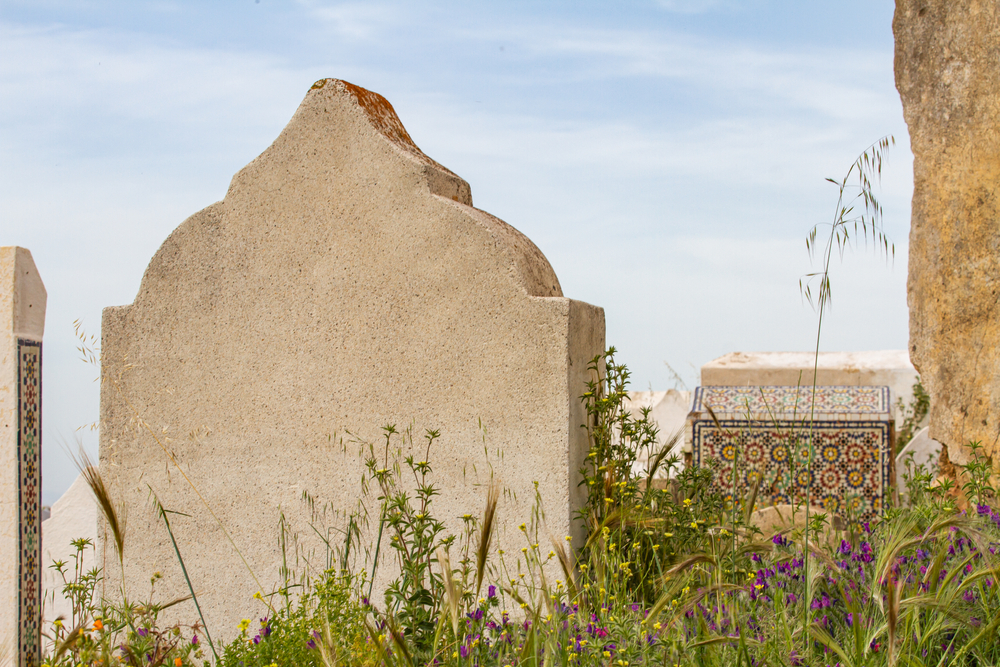Is It Permissible to Design an Underground Vertical Cemetery?
Answered by Shaykh Irshaad Sedick
Question
My final project is designing an underground vertical cemetery. The cemetery is stacked vertically downward. We placed a pool on the surface right above the cemeteries so people can’t directly step above it. We make sure the burying methods follow the Islamic rulings. Is it permissible to design such a cemetery in the context of urbanization and land shortages? Is there any prohibition to which we need to pay attention?
Answer
In the Name of Allah, the Most Merciful and Compassionate. May Allah guide us to that which pleases Him, forgive us for our shortcomings, and alleviate our difficulties, Amin.
In the case of necessity (darura), where the usual rules of Sacred Law become difficult or impossible to implement, a temporary suspension or concession of those rules would be implemented, but only to the extent required and to the degree required, and Allah knows best.
Concessions in Burial Standards
Sacred Law has a set of rules governing the procedures and methods of burial. Under usual circumstances, those rules must be adhered to in the strictest sense. For many reasons, such as an exponential increase in population growth or pandemics, there may be circumstances wherein strict adherence to the above rules may prove difficult or impossible.
When such dire circumstances prevail, Sacred Law grants concessions to ease the situation. It is permissible, for example, to bury more than one individual in a single grave, as was the case with the martyrs of the battle of Uhud.
The legal maxim that establishes the above concessions is, “necessities make the impermissible permissible (al-darurat tubihu al-mahdhurat).”
Governing Concessions
Concessions do not change Sacred Law but merely suspend its applicability temporarily. When usual circumstances prevail once more, then the strict Sacred Laws will be fully effective as well. Furthermore, one may only resort to the concessions to the required degree and no more.
The legal maxim that governs the previous one is, “concessions will be made for necessities in proportion to the need (al-darurat tuqaddaru bi qadariha).”
Advice on the Future Burial Project Design
The design should be built beginning with the complete set of standard Sacred Law rules in place. Only the requirements that absolutely can’t be observed may be omitted, and to the extent required, and Allah knows best.
I pray this is of benefit.
[Shaykh] Irshaad Sedick
Checked and Approved by Shaykh Faraz Rabbani
Shaykh Irshaad Sedick was raised in South Africa in a traditional Muslim family. He graduated from Dar al-Ulum al-Arabiyyah al-Islamiyyah in Strand, Western Cape, under the guidance of the late world-renowned scholar, Shaykh Taha Karaan.
Shaykh Irshaad received Ijaza from many luminaries of the Islamic world, including Shaykh Taha Karaan, Mawlana Yusuf Karaan, and Mawlana Abdul Hafeez Makki, among others.
He is the author of the text “The Musnad of Ahmad ibn Hanbal: A Hujjah or not?” He has served as the Director of the Discover Islam Centre and Al Jeem Foundation. For the last five years till present, he has served as the Khatib of Masjid Ar-Rashideen, Mowbray, Cape Town.
Shaykh Irshaad has thirteen years of teaching experience at some of the leading Islamic institutes in Cape Town). He is currently building an Islamic online learning and media platform called ‘Isnad Academy’ and pursuing his Master’s degree in the study of Islam at the University of Johannesburg. He has a keen interest in healthy living and fitness.
